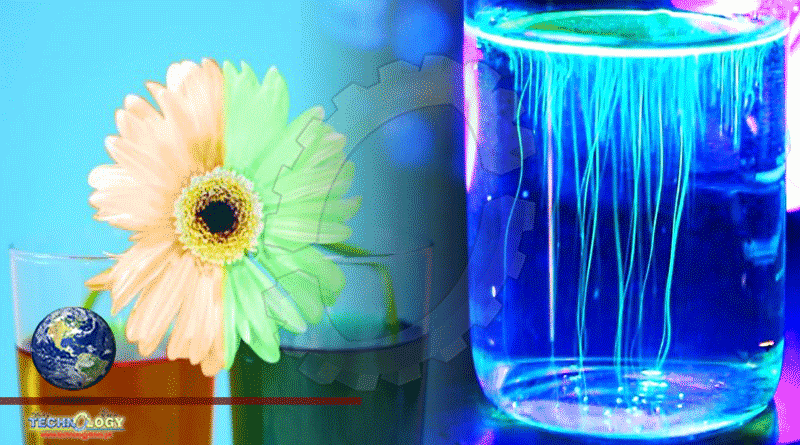Astronauts On ISS Conducted Around 3,000 Science Experiments. Research Spans A Range Of Disciplines, Including Fundamental Physics

Twenty years ago this week, on 2 November 2000, one astronaut and two cosmonauts opened the door to the newly constructed International Space Station (ISS) and floated in. It was the beginning of two decades of humans permanently living and working aboard the orbiting outpost.
Over that time, astronauts on the ISS have conducted around 3,000 science experiments. The research spans a range of disciplines, including fundamental physics, Earth observation and biomedical studies (see ‘Research in orbit’). Once critiqued as relatively insignificant and not all that relevant to people living on Earth, science aboard the ISS has blossomed as astronauts have devoted more time to research. The results include insights into how humans and animals adapt to long-duration spaceflight, as well as how materials behave in space
lass university and shrinking it down to the size of the space station,” said Kate Rubins, a NASA astronaut and biologist who is currently aboard the ISS, as she floated in near-zero gravity while taking media questions on 30 October. In the past week, Rubins has worked on a plant-growth chamber on the station and on a physics experiment that tests how liquid droplets interact with a surface in microgravity.
Most of the science experiments aboard the station aim to investigate how things work differently in microgravity — such as the way a flame burns or how mouse cells develop — to see whether those lessons can be applied to new technologies or drugs back on Earth. Other experiments take advantage of the station’s location in low-Earth orbit to look down on the planet or out into space.
HIGH-FLYING SCIENCE
Some of notable experiments aboard the International Space Station (ISS):
The Cold Atom Lab
Physicists reported this year that they used this facility to create an unusual state of matter known as a Bose–Einstein condensate in space for the first time. They studied how the atomic collective behaved in microgravity.
The Alpha Magnetic Spectrometer
This cosmic-ray detector, affixed to the outside of the ISS, hunts for dark-matter particles. The US$2-billion experiment required a series of complicated spacewalks in 2019 to repair broken cooling pumps.
Rodent studies
Innumerable mice and rats have flown aboard the station. In one 2019 study, Japanese researchers reported that male mice could still sire healthy offspring after floating around in a cage on the ISS for 35 days.
Plants in space
NASA astronaut Don Pettit chronicled the life of a space courgette aboard the ISS in 2012. More seriously, astronauts have been able to grow lettuces and other vegetables to improve their diets during long stretches in space.
The twins study
NASA took advantage of having identical-twin astronauts to monitor the changes that spaceflight causes to the human body. In 2015–16, Scott Kelly spent nearly a year aboard the ISS, while his brother Mark remained on Earth. The changes found included shifts in gene expression in the spacebound twin.
The Orbiting Carbon Observatory-3
This instrument, mounted outside the station and pointing towards Earth, tracks carbon-dioxide emissions as it orbits the planet.
“My favorite experiments actually have to do with human health,” says Ellen Stofan, former chief scientist for NASA and director of the National Air and Space Museum in Washington DC. “A lot of people don’t realize how much research has been done on the International Space Station around human health.”
Since the earliest days of the space programme, scientists have studied the health of astronauts in orbit, aiming to ensure that they don’t lose too much muscle mass or get exposed to too much radiation. But aboard the ISS, research has expanded to encompass investigations into, for example, how gravity affects the activation of the white blood cells known as T cells, which help to strengthen a person’s immune system. Knowing why and how astronauts’ immune systems are suppressed in orbit can help scientists to develop better medical drugs back on Earth, Stofan says.
The ISS programme involves a partnership of the United States, Russia, Canada, Japan, and 11 European countries. It will operate until at least 2024, and discussions are underway to extend that to 2028.
This news was originally published at Nature
